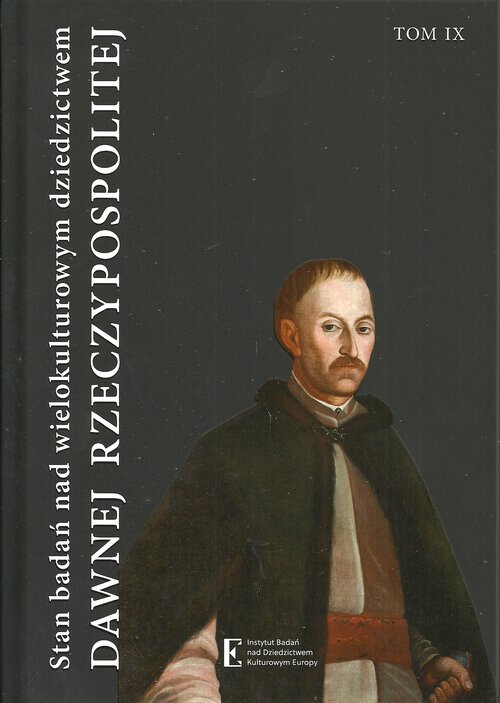Our Lady of Victory of Jelgava
Our Lady of Victory of Jelgava
Author(s): Kristīne Ogle
Subject(s): History
Published by: Instytut Badań nad Dziedzictwem Kulturowym Europy
Summary/Abstract: This painting is invaluable in the general picture of sacral art in Latvia. In1936 the picture is described by a priest and art historian Kazimirs Jasens. Heindicates that the painting is located in the chapel at Jelgava Roman Catholicgraveyard. The artefact was considered to be destroyed during WW II, but luckilyit was found in 2013 far away from its original place, in Kaunata, SE Latvia.The painting is remarkable from more than one reason. First, the documentedhistory of its origins. The Jesuit chronicles at Jelgava have records ofan incident in 1737: a citizen Peter Plagmann had insulted the Mother of Godin public, which had caused repercussions among his fellow citizens. Not onlythe Roman Catholics and Lutherans in Jelgava were involved in the incident,the City Council soon joined the argument. As a result, the offender receivedan unusual punishment, and namely, to finance two paintings – ‘Virgin Mary’and a smaller one of ‘Sts Joachim and Anna’. Later both pictures were placed inrespective side altars of St. George church. They stay there till the second half ofC19, when the altars are rebuilt in Neogothic form, and altar paintings by JuliusDöring: a copy of the Sistine Madonna (1863) and ‘The Holy Family’ (1868).In the records of episcopal visitations we find descriptions of the painting,which augment the information in the book by Kazimirs Jasena: the head ofthe Holy Virgin is decorated by 12 silver stars, her foot rests on a silver crescentmoon; above the Virgin’s breast a large silver heart is visible together witha golden crucifix; both the Most Holy Virgin and Child Jesus have silver crowns.The older texts refer to the painting as ‘Virgin of Immaculate Conception’.This is not quite correct as in the Jelgava painting Our Lady is picturedtogether with the Child, which is not usual in the iconography of the ImmaculateConception.Against the background of golden clouds, the Most Holy Virgin standsin full height upon a crescent moon, holding Jesus on her right. Her long redgown stretches to the ground, leaving only the toes of her bare feet uncovered.Starting at her right shoulder, a mantle of deep blue twists around the Virgin’sbody, while a pale gold robe with large undulating folds covers the Child. TheVirgin’s veil is also white, it falls over her shoulders and back, underscoring thedeep golden shine of her long, curly hair.The crescent moon is placed on a symbolic representation of the earth.A sarcastically grinning snake is curled around it, holding in its long fangs anapple – a reminder of the fall from grace. Yet its advantage is but brief: firmlyheld by his mother, the little Child Jesus uses a long cross spear to press thehead of the evil one to the ground, demonstrating his victory.
Book: Stan badań nad wielokulturowym dziedzictwem dawnej Rzeczypospolitej
- Page Range: 257-288
- Page Count: 32
- Publication Year: 2017
- Language: Polish
- Content File-PDF

